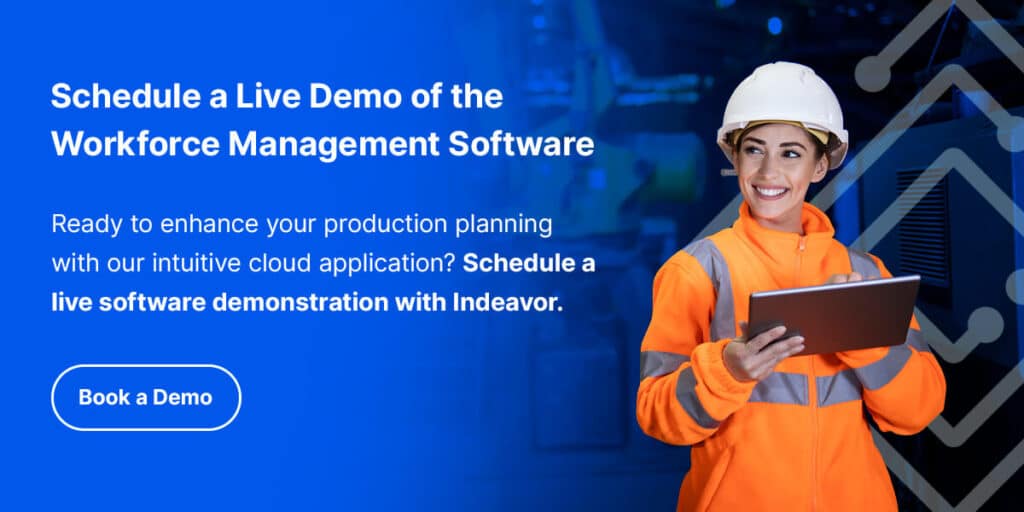In today’s rapidly evolving business landscape, traditional work models are giving way to more dynamic and adaptable approaches. The skills based organization is emerging as a transformative force, redefining how organizations structure their teams and nurture talent. Let’s delve into the core aspects of this model and explore why a skills holds immense significance in the contemporary workplace.
But what is a skills based organization? At its essence, a skills based organization focuses on identifying and leveraging the unique skills of individuals to drive organizational success. It shifts the emphasis from job titles and rigid roles to a more fluid and skill-centric approach.
The concept of a skills based organization is becoming crucial as companies seek to align their workforce with specific skill requirements in a competitive market. Organizations adopting a Skills-Based Organizational Model can more effectively harness the potential of their workforce.
In the face of constant technological advancements and market shifts, the ability to adapt and thrive is crucial. The Skills-Based Organization empowers organizations to be agile, ensuring they stay ahead in a competitive environment.
Key Components of the Skills Based Organization
1. Skill Identification and Assessment
- Importance of Identifying Relevant Skills: Recognizing and prioritizing skills that align with organizational goals is fundamental. This involves understanding the skills required for specific roles and projects.
- Methods for Assessing Individual and Team Skills: Various tools and techniques, such as skills assessments and performance evaluations, play a crucial role in understanding the skills present within the workforce.
2. Enhanced Organizational Agility
- Quick Adaptation to Industry Changes: The skills based organization enables companies to swiftly adapt to industry changes by having a workforce with diverse and adaptable skill sets.
- Increased Competitiveness: An agile organization is better equipped to stay competitive in a rapidly changing marketplace.
3. Cost Efficiency
- Optimized Resource Allocation: By aligning skills with tasks, organizations can optimize resource allocation, reducing inefficiencies and minimizing the risk of skills mismatches.
- Reduced Turnover Costs: Improved job satisfaction and development opportunities contribute to lower turnover rates, reducing the costs associated with recruiting and training new employees.
4. Flexible Job Roles
- Shifting from Traditional Job Descriptions: The skills based organization challenges the conventional concept of fixed-job roles, encouraging organizations to focus on the versatility of their employees.
- Adapting to Changing Business Needs: Flexible job roles allow businesses to quickly respond to market demands and adjust their teams accordingly.
5. Continuous Learning and Development
- Emphasis on Lifelong Learning: In a rapidly changing world, the emphasis on continuous learning ensures that employees stay relevant and competitive in their roles.
- Integration of Technology for Upskilling: Technology plays a pivotal role in facilitating learning and development, providing accessible and personalized opportunities for upskilling.
6. Improved Employee Engagement
- Aligning Work with Individual Strengths: By aligning tasks with an individual’s strengths, a skills based organization enhances employee engagement and satisfaction.
- Increased Job Satisfaction: Employees feel a sense of purpose when their skills are recognized and utilized, leading to higher job satisfaction.
7. Better Talent Acquisition and Retention
- Attracting Candidates with Diverse Skill Sets: Organizations embracing this model become magnets for talent with diverse skill sets, enriching the overall capabilities of the workforce.
- Retaining Employees Through Continuous Development Opportunities: Providing ongoing development opportunities fosters loyalty and commitment among employees.
These key components collectively contribute to the foundation of a skills based organization, emphasizing the importance of skills in driving organizational success and adaptability in the modern workplace.

Establish an Effective Skill Based Scheduling System
In the digital age, technology serves as a powerful ally in the identification and mapping of skills. Utilizing advanced tools and platforms, organizations can conduct thorough skill assessments that go beyond surface-level evaluations. Machine learning algorithms can analyze patterns, identify latent talents, and provide a nuanced understanding of the diverse skills present within the workforce.
By leveraging technology, organizations can ensure accuracy and eliminate biases in skill mapping, laying the foundation for a more effective skills based organization. Cloud-based platforms, integrated with HR systems, facilitate real-time updates and enable organizations to stay agile in responding to evolving skill requirements.
Strategic Skill Management
Skills matrices provide a visual representation of the skills present within a team or organization. Integrating these matrices into the skills based organization offers a comprehensive overview, allowing for strategic decision-making. Organizations can categorize skill based on proficiency levels, identifying both individual and collective strengths.
Identifying and addressing skill gaps is a proactive approach that ensures the organization remains agile and adaptive. Strategies for addressing potential skill gaps include targeted training programs, mentorship initiatives, and fostering a culture of continuous learning.
Through a skill management system, organizations can create personalized learning paths for employees, tailoring reskilling initiatives based on individual strengths and organizational needs. This approach ensures that reskilling efforts are strategic, addressing specific gaps identified through skills matrices and assessments.
A skill management system serves as a dynamic tool for identifying employee skills, skill gaps, and reskilling within the skill based organization. Leveraging technology, these systems enable organizations to identify skill gaps and implement targeted reskilling programs efficiently.
Overcoming Resistance to Change
Change is often met with resistance, and the shift to a skills based organization is no exception. To overcome this hurdle, organizations must articulate the tangible benefits of this transformative approach. Communication should extend beyond mere acknowledgment of change; it should paint a vivid picture of how the model enhances individual roles, promotes collaboration, and contributes to overall business success.
Employees need to understand that the skill based organization is not just a shift in semantics but a strategic move to align the workforce with the dynamic demands of the modern workplace. Illustrating success stories from other organizations that have successfully navigated this change can serve as powerful testimonials, offering a glimpse into the positive outcomes achievable through embracing this model.
Transitioning to a skills based organization requires more than just communication; it demands a robust support system. Organizations should invest in comprehensive training programs, workshops, and resources to help employees adapt seamlessly. A clear roadmap outlining the transitional phases and the support available at each step instills confidence and reduces apprehension among employees.
Establishing a well-integrated skill based organization can streamline operations and enhance overall productivity. Organizations effectively leveraging technology can advance their employee skills initiatives with greater precision.
Managers play a pivotal role in this transition. Equipping them with the skills and knowledge necessary to guide their teams through this change ensures a smoother integration. Open lines of communication, regular check-ins, and forums for addressing concerns help create an environment where employees feel supported and valued during this transformative period.

Indeavor’s Operational Skill Management Solution
Indeavor’s Workforce Management Solution stands out as a comprehensive tool designed to seamlessly integrate with the skills based organization. This solution goes beyond traditional workforce management, offering features that specifically align with the dynamic requirements of skill-centric workplaces.
Key features of Indeavor’s solution include real-time skills tracking, personalized learning recommendations, and an intuitive interface for skill management. This empowers organizations to navigate the complexities of the skills based organization with precision, ensuring that skill management is not just a process but a strategic advantage.
Embrace Indeavor’s Skills Based Organization Model
As organizations navigate the challenges and seize the opportunities presented by the skills-based organization, it becomes clear that the future of work is inherently tied to the cultivation and utilization of individual and collective skills. Embracing this model is not just a strategic move; it is a paradigm shift that propels organizations into a future where adaptability, innovation, and continuous learning are the pillars of success. The call to action is clear — embrace the skills based organization, empower your workforce, and thrive in the ever-evolving landscape of the modern workplace.
About the Author
Claire Pieper is the Marketing Communications Coordinator for Indeavor. In her role, she specializes in crafting strategic and engaging content, ensuring that customers are well-informed. Claire is dedicated to enhancing the customer experience and optimizing the user journey through Indeavor’s solutions. To learn more or get in touch, connect with Claire on LinkedIn.







